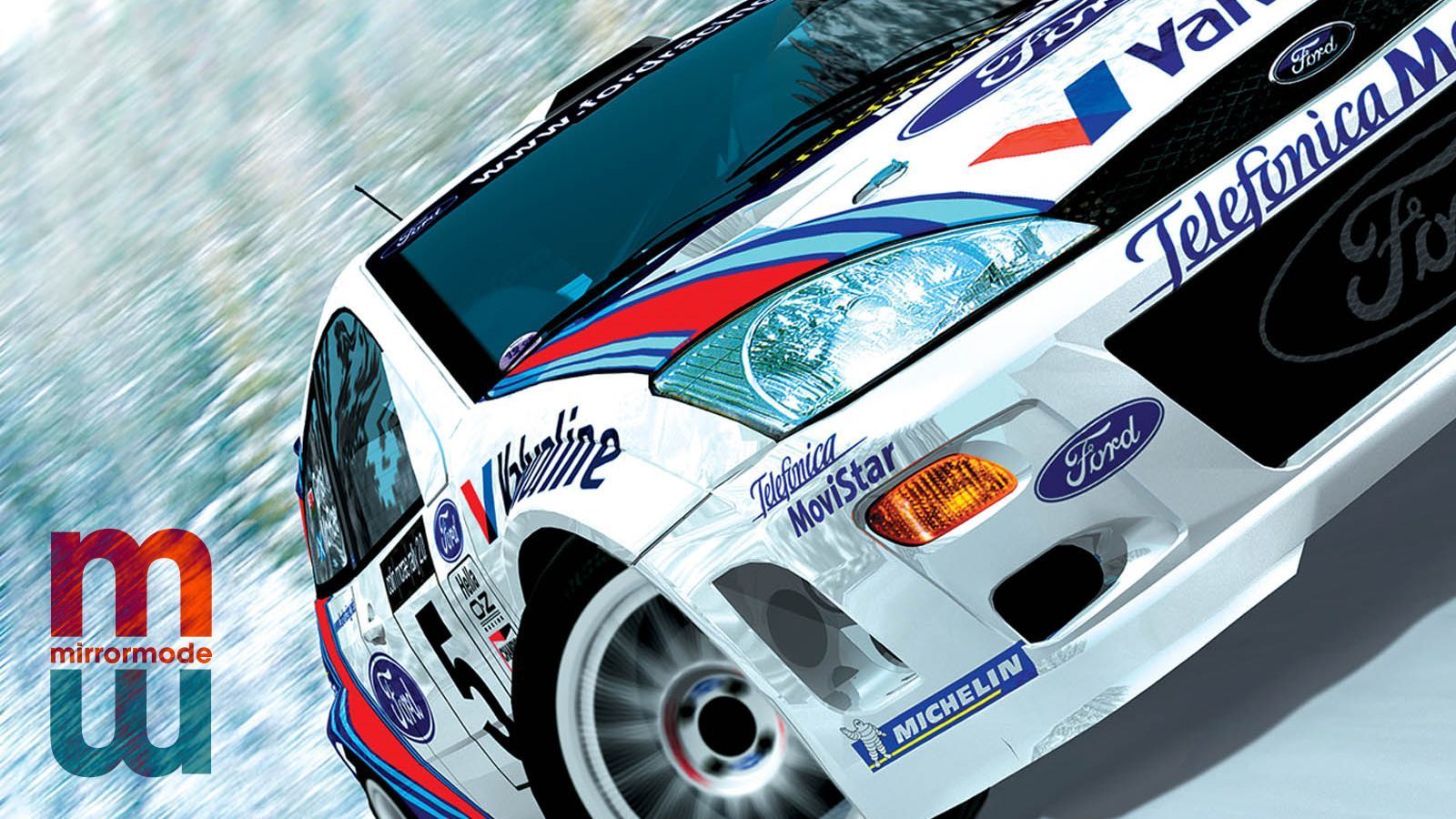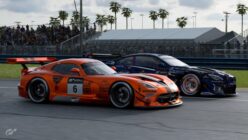Welcome to Mirror Mode, GTPlanet’s series that shines a spotlight on retro racing games. This time, we explore one of the most influential sim racers of the PlayStation generation: Colin McRae Rally 2.0.
The mid-to-late ’80s is often hailed as the golden age of rallying. The machinery had reached an unparalleled level of complexity and capability, and terrifyingly so. The drivers had to be at the top of their game to handle these vehicles, which had reached anywhere from 600 to an astonishing 800 horsepower by the time the regulations were retired. And the combination of both factors led to tragedy after tragedy, as competitors and spectators lost their lives.
These marvels of engineering and the brave individuals who sought to tame them are lionized today. However, those of us who are a bit younger have fonder memories for a different era. Because after Group B brought the arrival of Group A, and another series of names and marques.
Mäkinen, Burns, Sainz, Auriol, and, of course, McRae ushered in the Japanese invasion of the sport. Audi and Ford’s Group B monsters had given way to new entries from Subaru, Mitsubishi, and Toyota. A new generation of fans was taking shape — and a little arcade game called Sega Rally Championship only deepened their enthusiasm.
This Mirror Mode isn’t about Sega Rally, but you can’t talk about Colin McRae Rally without name-checking its mentor. Sega’s landmark racer paved the way for developers looking to bring the spectacle of the World Rally Championship home. But Codemasters’ franchise made it real.
The first Colin McRae Rally was a promising start, but the sequel refined just about everything. It also pushed the PlayStation to its absolute limit. No other rally title looked as good, handled as satisfyingly, or had gameplay as deep.
In addition to Sony’s console, Colin McRae Rally 2.0 saw a PC port as well. It was even in development for the Dreamcast, though that version ended up being cancelled.
What it Got Right
There was almost nothing you could’ve asked for as a rally fan in 2000 that CMR2 didn’t have covered. The game’s Championship mode spanned eight rallies — Finland, Greece, France, Sweden, Australia, Kenya, Italy, and the United Kingdom — with as many as eleven stages per venue. There were some repeats of course, but the ability to tackle each one in a variety of conditions made up for the predictability.
That’s without mentioning the arcade mode, which featured rallycross-style events on circuits in each of the game’s locations. In terms of vehicles, you could take your pick of 14 cars spanning three decades — from the original Mini Cooper to McRae’s own 1999 Focus WRC entry.
What’s really impressive about CMR2’s car selection, though, is the length Codemasters went to recreate it all. The level of detail was unprecedented for the generation, even outshining Gran Turismo in many respects.
This was a racing game on the original PlayStation with a fully-modeled interior view, unique for each car. That’s an incredible feat. And it’s even more astounding when you consider everything else Codemasters was managing on that archaic hardware.
Your car would deteriorate appropriately over the course of a rally, thanks to a state-of-the-art damage model. A serious shunt could leave your glass cracked and bodywork hanging by a thread. Mud and snow accumulated, and every knock impacted performance.
Of course, you could fix the damage at the next service area — but you had to be mindful of time. These breaks would also give you a chance to research the forecast and surface types for upcoming stages. And it was in your best interest to keep tabs on stuff like that, to make informed decisions on tire choices and setup.
In an era when many racing games shoved you in a car, on a track and sent you on your way, CMR2 rewarded you for paying attention. Rally fans hungry for a punishingly realistic representation of the discipline had their pleas answered. And the driving experience was just as deep.
CMR2 is still supremely playable nearly 20 years since release, thanks to a responsive, predictable handling model. The suspension and body roll physics are the real stars of the show, providing a sense of weight transfer that really encourages you to chuck it sideways like a madman whenever possible.
The tossability is really evident on tarmac. You can initiate some inhuman feats of opposite lock on paved roads, only to come out the other side with total control. In a more recent rally sim, such recklessness would surely result in disaster. Here, you simply exit the corner with all the confidence and grip in the world. Hardly realistic; nevertheless, the fun factor is still firmly intact.

What it Got Wrong
In spite of everything CMR2 pulled off, it would be easy and unfair to harp on the unremarkable stages. The roads are so wide and devoid of trackside details, there’s very little to maintain your interest. Remember, this is a PS1 game — not DiRT Rally.
Likewise, you can call out the occasionally choppy framerate, which struggles most in the Arcade mode with multiple cars on screen. But what little slowdown there is doesn’t inhibit the flow too much. Besides, you’d have to expect some hiccups. Despite Codemasters’ technical magic tricks, this was an era when even the best racers couldn’t keep a locked framerate.
Where it Stands
Simply put, CMR2 is one of the greatest rally games of all time. Nearly everything you love about the DiRT franchise, Sebastian Loeb Rally Evo, all the licensed WRC products, and even Richard Burns Rally was either pioneered or reinforced right here. CMR2 set the template everyone else would follow.
Some games still can’t quite live up to the benchmark in certain respects: seriously, where are tire choices in modern rally games? And although CMR2’s stages are much more forgiving than those in DiRT Rally, don’t assume they’re not keen to catch you off guard the second you lose focus.
You could make an absolute mess of a run in DiRT 4, cartwheeling into trees and landing every jump upside down. At the end of the day, you’ll still probably be able to bring it home relatively unscathed. Drive just as poorly in CMR2 and you won’t get off the hook so easily.
Next-gen hardware would allow Codemasters to beef up the graphics, stage design, physics, and content. Eventually, the transition to the DiRT series would lose the plot, scrubbing CMR’s realism, feature set, and stunning production values (did we mention how excellent the music and interface design of this game is?) for that late-noughts extreme sports vibe everyone loves to hate.
CMR2 experienced a second life — sort of — in the form of a remastered version for iOS and PC back in 2013. This release reused some of the content from the original game, but cut quite a lot out as well. Unfortunately, it’s a poor approximation that doesn’t do the source material justice.
Thankfully, we’ve seen a return to form with the two most recent DiRT entries (you can read our DiRT 4 review here). Yet there’s still been something missing. CMR2 had this intangible beauty and attention to detail you rarely see anymore.
Don’t mistake that as a slight toward the current crop of rally titles, some of which are very, very good. It’s never easy to live in the shadow of something once considered perfect.
See more articles on Mirror Mode and retro gaming.









